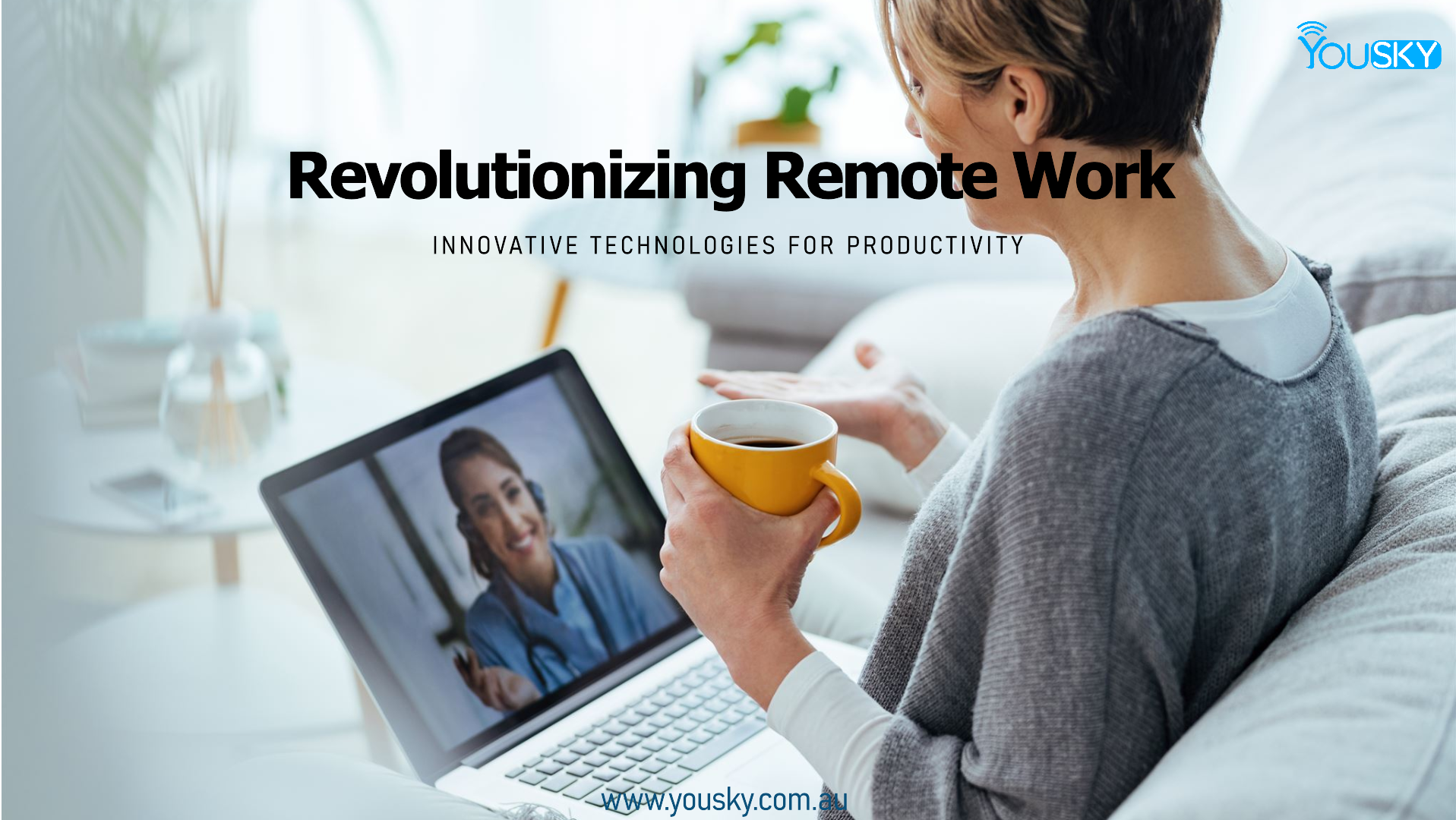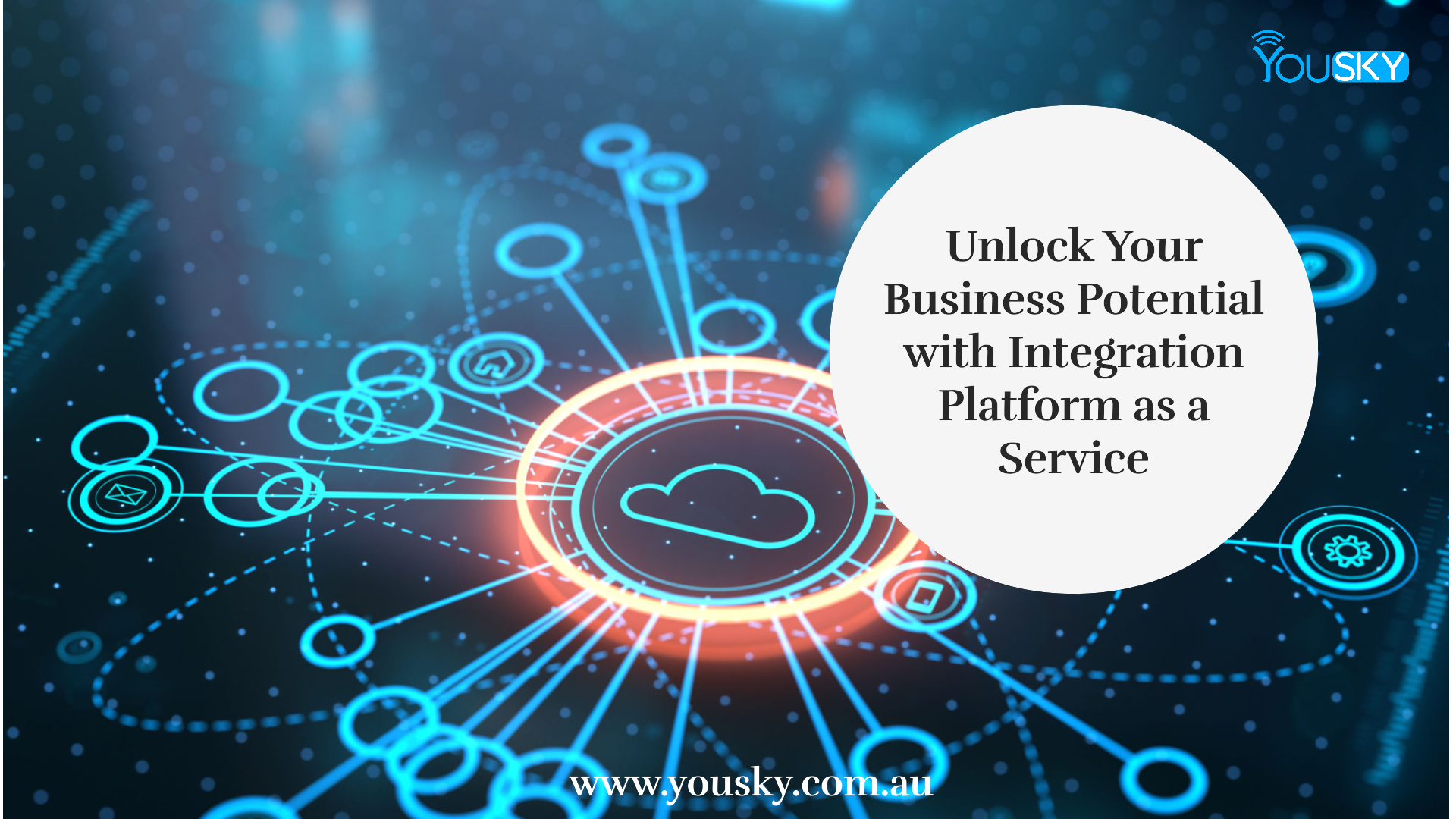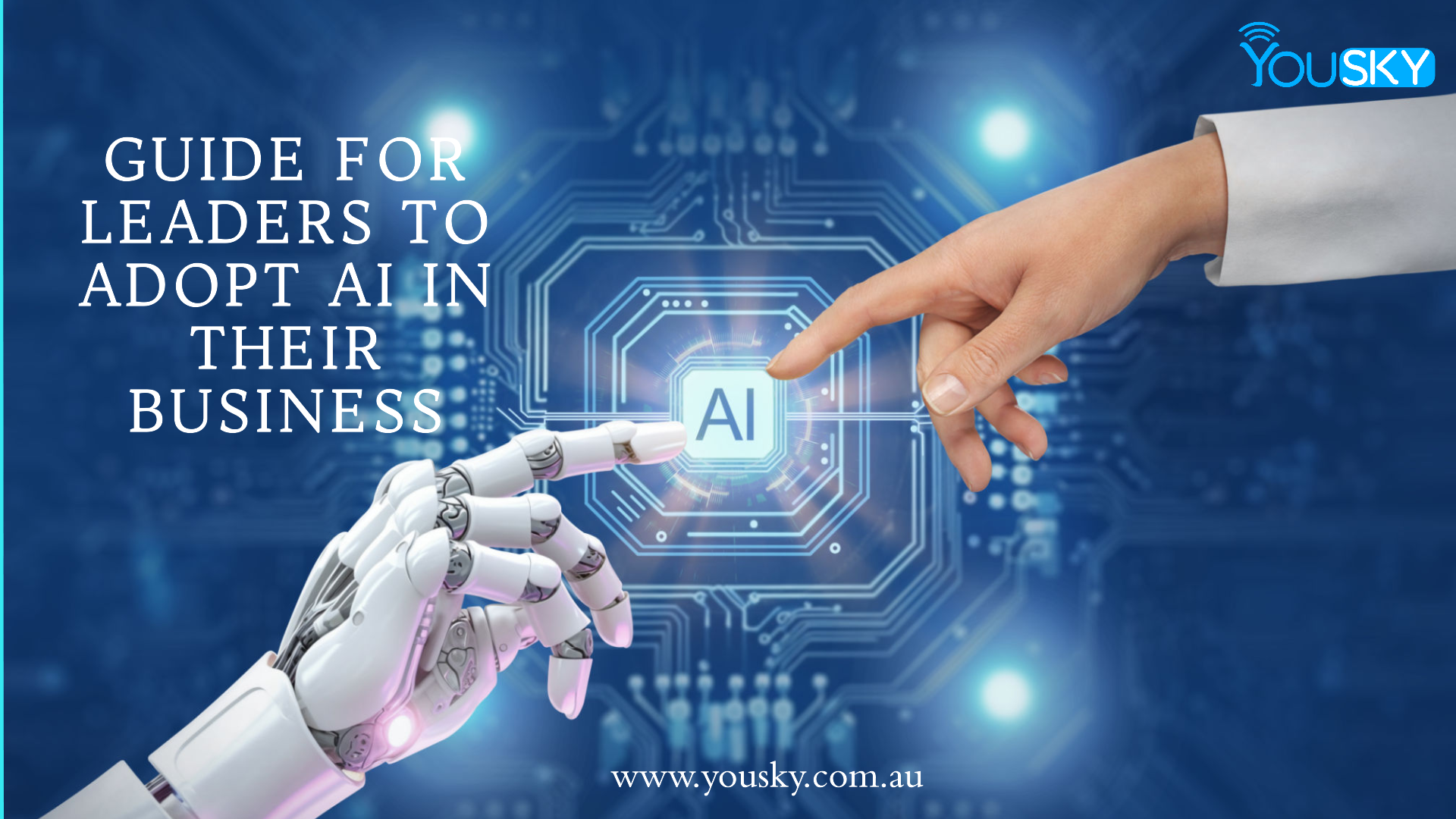
Innovative Technologies for Remote Workforces
The paradigm shift towards remote work, accelerated by the COVID-19 pandemic, has solidified its presence in the professional landscape. This transformation has spurred the development and adoption of innovative technologies designed to facilitate seamless remote work experiences. These technologies encompass various aspects, from communication and collaboration to productivity and security. Here, we explore some of the most impactful innovations that are shaping the future of remote workforces.
Communication Tools
Effective communication is the cornerstone of any successful remote workforce. Innovative tools in this domain have evolved to provide robust, real-time communication channels.
Video Conferencing Software Zoom, Microsoft Teams, and Google Meet have become household names, offering features like virtual backgrounds, breakout rooms, and real-time captioning to enhance virtual meetings. AI-driven features such as automatic transcription, meeting summaries, and noise cancellation (seen in platforms like Otter.ai and Krisp) are further enhancing the video conferencing experience.
Asynchronous Communication Tools like Slack and Microsoft Teams also support asynchronous communication through channels, threads, and integrations with other apps, allowing teams to stay connected without the need for constant real-time interaction.
Collaboration Platforms
Collaboration tools are essential for maintaining productivity and coherence among remote teams. These platforms integrate multiple functionalities to streamline project management and teamwork.
Project Management Trello, Asana, and Monday.com provide visual project management interfaces, enabling teams to track progress, assign tasks, and set deadlines with ease. Notion and Coda offer customizable workspaces that blend project management, documentation, and databases, catering to the unique needs of each team.
Document Collaboration Google Workspace and Microsoft 365 allow for real-time collaborative editing of documents, spreadsheets, and presentations, ensuring that team members can work together seamlessly regardless of location. Miro and MURAL facilitate online brainstorming sessions and collaborative planning through virtual whiteboards, mimicking in-person creative processes.
Productivity Tools
Maximizing productivity in a remote work environment requires tools that help manage time, organize tasks, and minimize distractions.
Time Management Toggl and Clockify offer time tracking solutions that help employees monitor how they spend their work hours and identify areas for improvement. RescueTime provides insights into daily habits, helping users manage their time more effectively by highlighting distractions and productivity patterns.
Focus and Task Management Todoist and Microsoft To Do assist in task management by allowing users to create, organize, and prioritize tasks, often integrating with other productivity tools. Focus@Will and Brain.fm use scientifically designed music tracks to enhance concentration and productivity during work sessions.
Virtual Reality (VR) and Augmented Reality (AR)
VR and AR technologies are making significant inroads into remote work by providing immersive experiences that can replicate in-person interactions and environments.
Virtual Meetings and Training Platforms like Spatial and Glue offer virtual meeting spaces where participants can interact in 3D environments, making remote meetings more engaging and lifelike. Virbela and ENGAGE are used for virtual training and events, creating realistic scenarios for employees to learn and collaborate.
AR for Remote Assistance Microsoft HoloLens and TeamViewer Pilot leverage AR to provide remote assistance, allowing experts to guide field workers through complex tasks with visual overlays and real-time collaboration.
Cloud Computing and File Sharing
Cloud technologies have revolutionized data storage, access, and sharing, making it easier for remote teams to work with shared resources securely and efficiently.
Cloud Storage Services like Google Drive, Dropbox, and OneDrive offer secure cloud storage solutions with advanced sharing and collaboration features. Box provides enhanced security and compliance features, catering to enterprise-level needs.
Virtual Private Networks (VPNs) VPN solutions like NordVPN and Cisco AnyConnect ensure secure access to corporate networks, protecting sensitive data and maintaining privacy for remote workers.
Cybersecurity Technologies
With the rise of remote work, cybersecurity has become paramount. Innovative solutions are being developed to protect remote workforces from cyber threats.
Endpoint Security CrowdStrike and Carbon Black offer advanced endpoint protection, ensuring that devices used by remote workers are secure from malware and other threats. Zero Trust Security frameworks are being adopted to continuously verify the identity and integrity of devices and users, minimizing the risk of unauthorized access.
Secure Communication Signal and Wickr provide end-to-end encrypted communication platforms, ensuring that sensitive information shared among remote teams remains confidential.
Artificial Intelligence (AI) and Machine Learning (ML)
AI and ML technologies are enhancing various aspects of remote work, from automation to data analysis.
Automated Workflows Tools like Zapier and Microsoft Power Automate allow users to create automated workflows that can handle repetitive tasks, freeing up time for more strategic work. AI-driven personal assistants like Clara and x.ai can schedule meetings and manage email communications, reducing administrative burdens.
Data Analysis and Insights AI-powered analytics platforms such as Tableau and Looker provide remote teams with deep insights into business data, helping drive informed decision-making.
Human Resources and Employee Engagement
Managing a remote workforce involves unique challenges in HR and employee engagement, requiring innovative solutions to maintain morale and productivity.
HR Management Systems BambooHR and Workday provide comprehensive HR management platforms that include modules for employee onboarding, performance tracking, and benefits management, all accessible remotely. Gusto offers payroll, benefits, and compliance tools designed to simplify remote HR tasks.
Employee Engagement 15Five and Culture Amp use regular check-ins, surveys, and feedback tools to help managers understand employee engagement levels and address concerns proactively. Bonusly allows employees to recognize and reward each other, fostering a positive remote work culture.
Health and Well-being
Ensuring the well-being of remote employees is critical for maintaining productivity and job satisfaction. Various technologies are aimed at supporting mental and physical health.
Mental Health Support Headspace for Work and Calm for Business provide mindfulness and meditation programs tailored for the workplace, helping employees manage stress and improve focus. Modern Health and Ginger offer on-demand mental health support, including access to therapists and wellness coaches.
Physical Health Ergonomic tools and apps like Uplift Desk and FlexiSpot provide solutions for creating comfortable home office setups. Wellness apps such as MyFitnessPal and Fitbod help employees stay active and maintain healthy lifestyles through personalized fitness plans.
Learning and Development
Continuous learning and development are vital for the growth of both employees and organizations. Remote work has spurred the adoption of innovative educational technologies.
Online Learning Platforms Coursera for Business and LinkedIn Learning offer a wide range of courses that employees can take at their own pace, covering technical skills, leadership, and personal development. Udemy for Business provides access to thousands of courses created by industry experts, enabling customized learning paths.
Virtual Training GoToTraining and Adobe Captivate facilitate interactive virtual training sessions, allowing for real-time engagement and hands-on learning experiences. **Learning management systems (
LMS) like TalentLMS and LearnUpon help organizations deliver, track, and manage training programs efficiently.
Virtual Team Building
Building a cohesive team in a remote environment requires creative approaches to foster camaraderie and collaboration.
Virtual Team Building Activities TeamBonding and Outback Team Building offer a variety of virtual team-building exercises designed to improve communication and teamwork, from online escape rooms to virtual scavenger hunts. Donut integrates with Slack to randomly pair employees for virtual coffee chats, promoting social interactions and team bonding.
Gamification Platforms like Bunchball and Badgeville incorporate gamification into work processes, using game-like elements to motivate and engage employees. QuizBreaker offers fun quizzes and icebreakers to help team members learn more about each other in a lighthearted manner.
Advanced Analytics and Performance Monitoring
To effectively manage a remote workforce, organizations need insights into performance and productivity.
Performance Analytics ActivTrak and Time Doctor provide detailed analytics on how employees spend their time, helping managers identify productivity trends and areas for improvement. Worklytics integrates with various workplace tools to provide comprehensive insights into team dynamics and performance.
Employee Feedback and Sentiment Analysis Officevibe and TINYpulse collect regular employee feedback and use sentiment analysis to gauge morale and engagement, allowing managers to address issues promptly. Peakon provides real-time insights into employee engagement through continuous feedback loops and actionable recommendations.
Flexible Work Schedules and Location Independence
Technologies that support flexible work schedules and location independence are critical for accommodating diverse employee needs.
Workforce Management Deputy and Kronos offer scheduling and time tracking tools that support flexible work hours and shifts, ensuring that work is balanced and efficient. Remote and Oyster provide global employment solutions, managing compliance, payroll, and benefits for remote teams across different countries.
Digital Nomad Support Nomad List and Remote Year help digital nomads find remote-friendly destinations, co-working spaces, and community support, promoting a lifestyle that blends work and travel.
Conclusion
The integration of innovative technologies into remote work environments has significantly enhanced the way businesses operate and how employees perform their tasks. From sophisticated communication tools to advanced analytics and virtual reality platforms, these technologies are not just facilitating remote work but are also redefining it. As remote work continues to become a mainstay in the professional world, ongoing advancements in technology will undoubtedly continue to shape and improve the remote work experience, driving productivity, engagement, and overall well-being.


